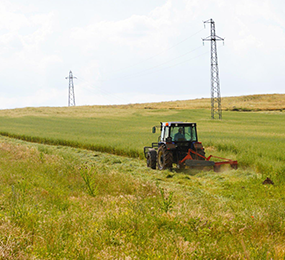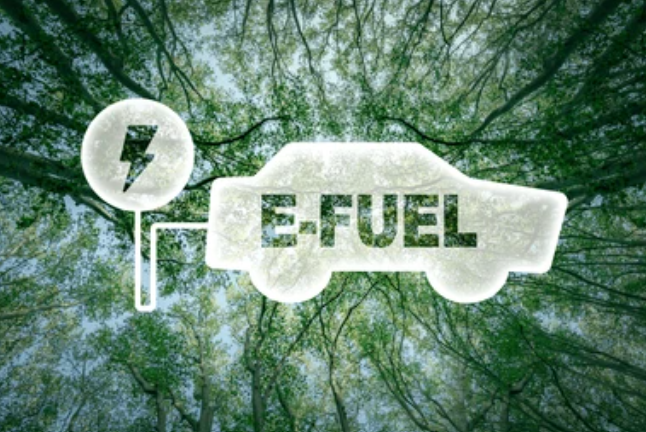The role of mobile non-transport machinery electrification in off-grid areas towards net-zero transition
Policies provide difficulties.
Policy support is critical for the widespread adoption of off-grid electricity. This begins with a comprehensive, long-term electrification strategy that includes an energy access plan that categorizes various sections of a country based on their ability to be accessed by the grid at acceptable rates. Unreachable areas necessitate off-grid alternatives.
The overarching off-grid approach should be supplemented with monitoring technologies that measure developments in real time. If the monitoring duties at hand are not coordinated and supervised by a cross-government task force, there is a danger of overlap and duplication of work. Several challenges even necessitate the inclusion of the governmental sector, civil society groups, microfinance institutions, and other players.
Difficulties with licensing
Complex, expensive, and time-consuming retail or generation licensing requirements deter investors and companies from launching mini-grid initiatives. Countries that do not discriminate between small-scale and utility-scale projects lower the likelihood of smaller projects being built. This is crucial considering the requirement for hundreds of mini-grids in most emerging nations during the next several years.
Tariff-setting difficulties
Tariff design is a frequent cause of contention. This is owing, in part, to the fact that off-grid system developers must charge significantly higher rates to cover investment and operations expenses than cheaper grid-based power. The problem becomes clear when off-grid electricity is required, particularly in impoverished areas. The inability to purchase energy leads to unauthorized consumption by community inhabitants in certain situations, resulting in financial losses for the operator, not least owing to the overload that develops.
Financial difficulties
Financing mini-grids is difficult, particularly in underdeveloped nations. Long-term finance for mini-grid projects is sometimes difficult to get. Banks in underdeveloped nations are especially cautious, either because to a shortage of cash or the significant risk of loss generated by high or unpredictable inflation. Furthermore, electricity consumption in rural regions is low and volatile, making it difficult for operators to recover expenses. Because of the relatively low demand, the sizes of rural mini-grids range from 10 to 100 kW.
Social difficulties
Electricity generated by mini-grids remains prohibitively costly for rural customers. The lack of productive-use users, who might produce cash from the power generated throughout the day, puts economic strain on the system's viability. Both of these challenges are intertwined with educational initiatives. Capacity building, which begins during the project planning phase, includes a variety of activities such as strengthening technical or managerial capacity of public and private companies, educating villagers about productive-use cases for income generation, training staff of rural electricity companies, and private and public sector support.
Technical difficulties
While technological equipment has advanced throughout time, notably in terms of reduced investment costs, some technical rules or supporting systems have not evolved at the same rate. A significant barrier to tackle is the absence of an adequate legislative framework comprising of technical standards for off-grid systems, which frequently results in a rise in prices and a reduction in system quality.
Visit our website to know more: https://bit.ly/3UZP3yg
For more information and group participation, contact us: [email protected]
Leadvent Group - Industry Leading Events for Business Leaders!
















